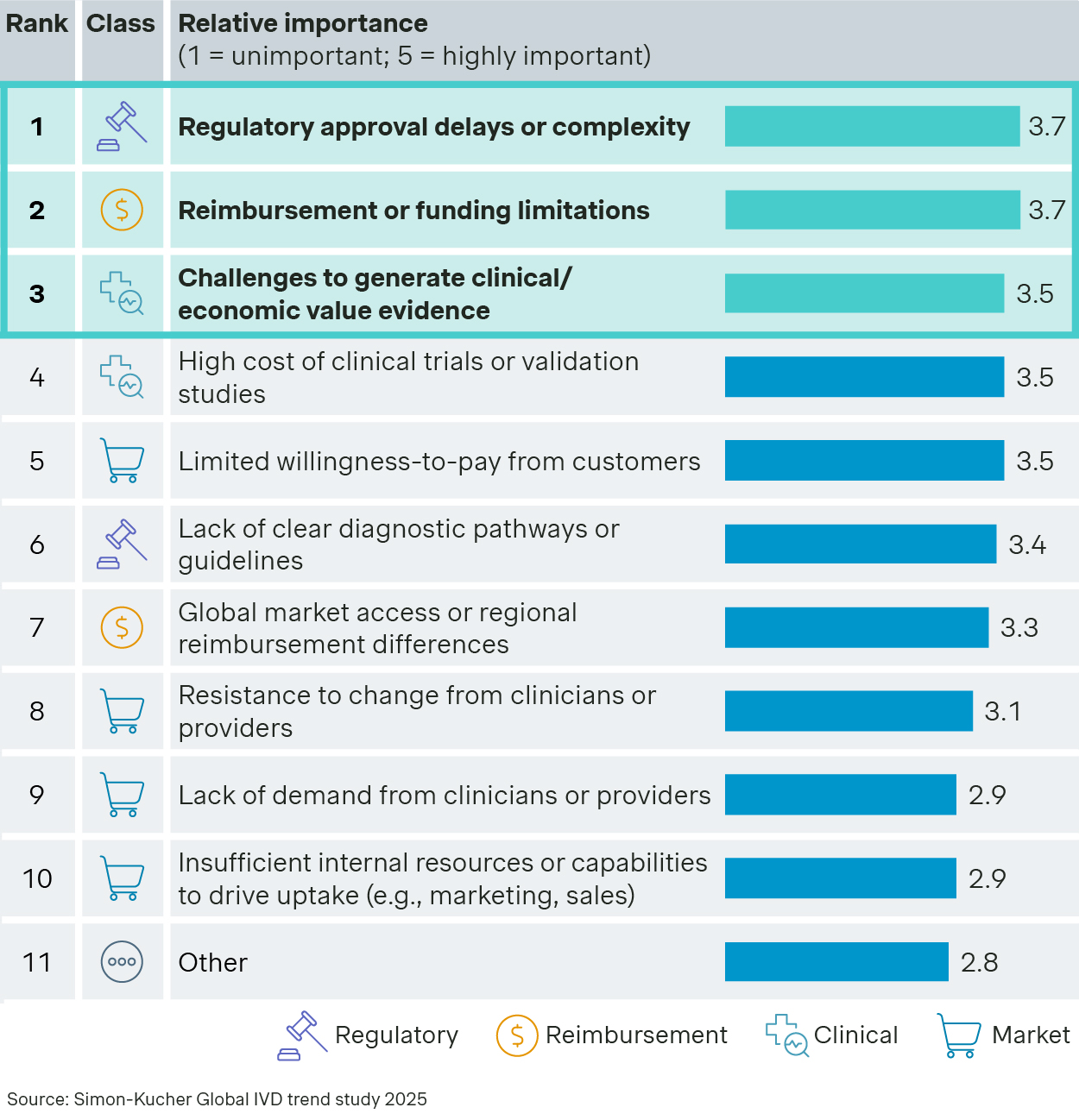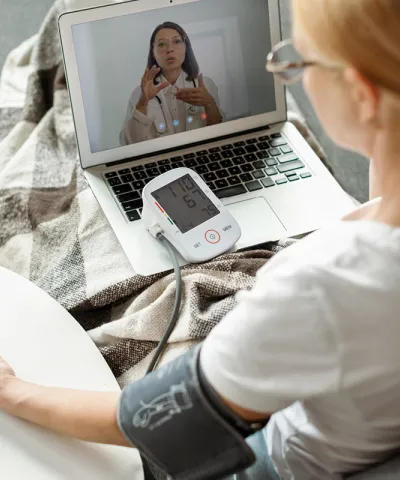At-home diagnostics have made significant strides, yet widespread adoption continues to be a challenge. Discover the key barriers slowing growth and the strategic priorities diagnostics companies need to address to scale at-home testing.
The rise of home diagnostics has brought a wave of innovation - from AI-powered tools and wearables to smartphone-enabled testing - promising more accessible, decentralized healthcare. Despite these advancements, widespread adoption remains elusive. The challenge is no longer what is technically possible, but what is practically scalable.
The industry’s hurdles fall into three core areas:
- Regulatory systems are outdated
While there was some flexibility during the pandemic, many next-generation diagnostics still don’t fit within current regulatory frameworks. Approval processes remain lengthy, unclear, and ill-suited for home testing, causing even validated products to face significant delays. - Reimbursement is limited and fragmented
Most at-home tests are still paid for out-of-pocket. Without updated reimbursement codes or comprehensive insurance coverage, access is largely restricted to wellness-focused consumers and early adopters. Although policy shifts around telehealth and remote monitoring are promising, they are exceptions, not the norm. - Clinical integration is missing
Healthcare providers remain cautious about patient-collected data. Concerns about sample quality, result interpretation, and lack of integration with electronic health records create barriers. Without clear evidence of clinical equivalence and robust decision-support tools, home tests remain on the fringes of mainstream care.
What is holding the industry back?
According to Simon-Kucher’s 2025 Global IVD Trend Study, the biggest barriers to the growth of home and self-testing are not technological. Instead, they are rooted in regulation, reimbursement, and provider hesitation to recognize clinical or economic value (see chart below).
These results highlight a clear trend. While diagnostics tools are advancing rapidly, the systems meant to bring them to market and to patients are falling behind.
Notably, these barriers show up consistently across geographies. Respondents in both the US and EU cited similar obstacles, indicating that this is not a local issue, but a global one.
Significance of barriers towards commercializing diagnostic innovations

What this means for diagnostics companies
As technological innovation accelerates, the real question becomes if the ecosystem around diagnostics can keep up.
To succeed, diagnostics companies must do more than build great products. They need to anticipate and address the system-level barriers that stand in the way of adoption.
Here are the key questions for diagnostics companies to consider:
- Are you prepared for complex approval pathways? Engaging early with regulators and aligning on new test categories can reduce time-to-market.
- Is your business model reimbursement-ready? Partnering with payers or building strong economic evidence will be key to unlocking access.
- Can you earn provider trust? Solutions need to demonstrate not only technical performance but clinical utility in real-world settings.
The future of diagnostics is decentralized, consumer-centric, and powered by data. However, innovation by itself is not sufficient to drive meaningful change. In this next phase, leading companies will be those that go beyond product development to actively shape the broader ecosystem - regulatory, economic, and clinical.
Stay tuned for our next article where we discuss how early movers are addressing these challenges and developing effective go-to-market strategies within a rapidly evolving diagnostics market.
Thanks to contributions from Olga Gavrilenko and Dhiren Nitsche!







